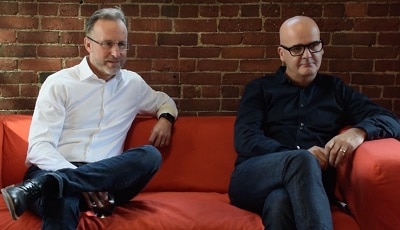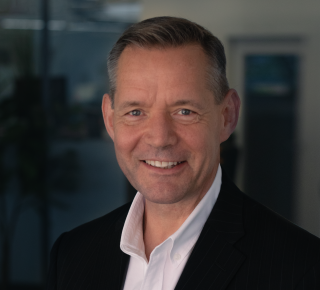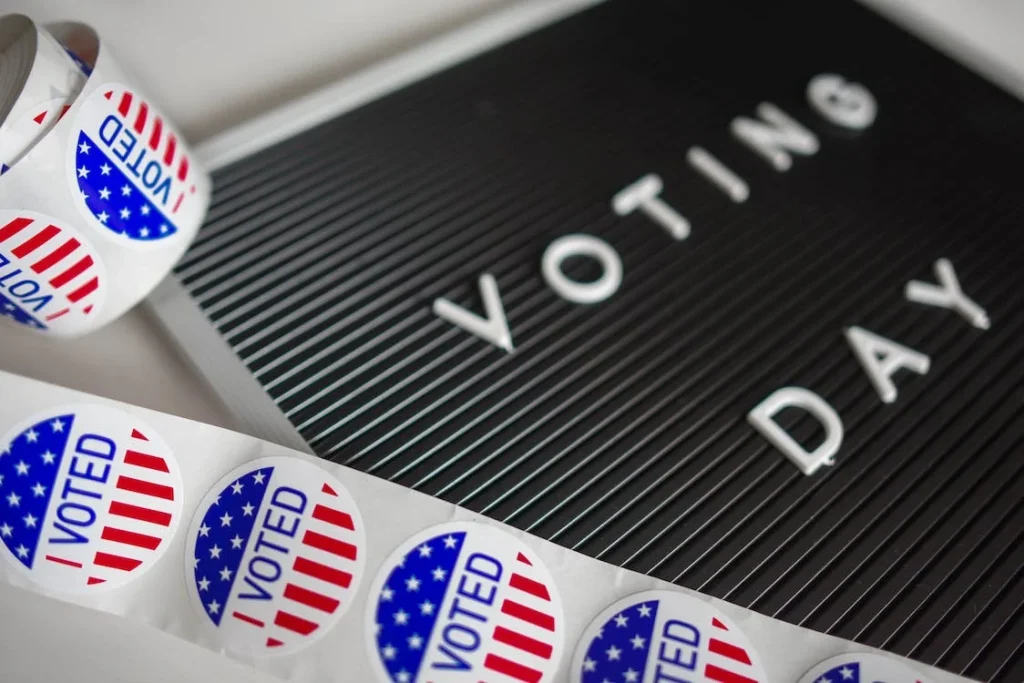Essential Design Co-founders and Partners, Scott Stropkay and Richard Watson, worked at competing design consulting firms in the 1990s before deciding to start their own company in 2001. Since then, the two have worked on a wide range of projects in a continuously evolving industry. MassTLC had the chance recently to sit down with the two and discuss their approach to design and the mindset required to solve complex problems. An edited version of our discussion follows.
Can you give us the elevator pitch for Essential Design?
Scott: We help companies solve complex problems. And we use design-thinking tools and techniques to think broadly about the future and paint a picture of the next place you could go. We are unique and valuable to companies that want to figure out what’s next and move beyond proverbial planning to create the actual physical embodiment of that product and experience.
Richard: We’re using design to empower people. It’s about that combination of people and business. We tie those two together.
How is Essential Design different from previous firms where you worked?
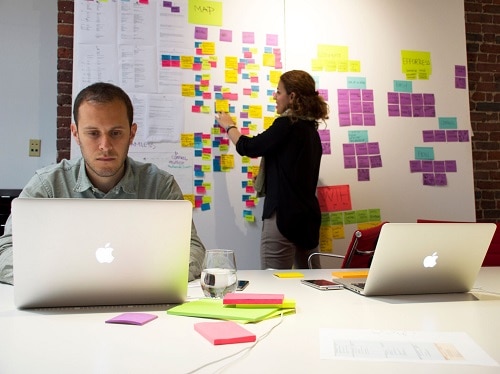 Scott: I’d say that we were highly influenced by the multi-disciplinary culture that we grew up in. You know, we worked for the biggest design companies in the land in their day. And we believe in thinking big-picture about design. But we are a much smaller organization of 25 people. So we spend a lot of time on the craft of design as well as the design-thinking component of it.
Scott: I’d say that we were highly influenced by the multi-disciplinary culture that we grew up in. You know, we worked for the biggest design companies in the land in their day. And we believe in thinking big-picture about design. But we are a much smaller organization of 25 people. So we spend a lot of time on the craft of design as well as the design-thinking component of it.
How has the interdisciplinary aspect of design evolved?
Scott: Depending on the project at hand, we use a combination of design research, industrial design, mechanical engineering, user experience design, and service design to solve problems. But sometimes, the client’s situation requires expertise outside of our four walls. In that case, we engage other thinkers and specialists.
One of the things we have been talking a lot about at MassTLC is hybridization of work and the changing nature of jobs. Do you see that within the design industry?
Scott: We like to hire “T-shaped people” – people that are very expert in a particular area, but have broad interests. That’s critical for us. If you’re a mechanical engineer, we are interested in you if you also show a high degree of interest in design, if you’re interested in user research, if you want to apply your skill set to complex problems that go beyond the classic discipline. We’re always looking for broadly inquisitive people with deep expertise.
Richard: I think the term “hybrid” is very relevant now. Our teams are built of designers, researchers, strategists, engineers, and the idea is to bring those kinds of people together to think in a collaborative way to create the most informed solutions for our clients.
Are you seeing design expand into directions that you didn’t expect?
Richard: A lot of things are being driven by Google and Alexa, commoditizing voice and getting it very much central in consumers’ minds. That’s certainly an emerging category.
Scott: We design a lot of connected systems, and the voice connection is the newest frontier there. It also introduces all kinds of risk and privacy issues that you need to think through pretty carefully. We are helping a number of clients imagine how they might interact with these systems as we wait for the systems to become more secure.
What are some of your favorite projects that you’ve worked on?
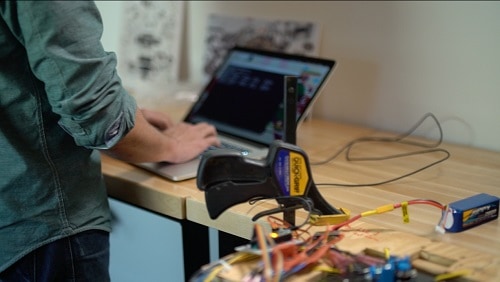 Scott: We like complicated problems. Industrial things, especially connected to industrial IoT. That’s not the sexy stuff you hear about on the news, but it’s so complicated and so interesting, and there are so many stakeholders to address and to design for. We did a project with iRobot for a medical telepresence robot that allows, through technology, the ability for the doctor to come to you from anywhere in the world. Designing that product and that user experience was a particularly interesting and complex problem. That was fun.
Scott: We like complicated problems. Industrial things, especially connected to industrial IoT. That’s not the sexy stuff you hear about on the news, but it’s so complicated and so interesting, and there are so many stakeholders to address and to design for. We did a project with iRobot for a medical telepresence robot that allows, through technology, the ability for the doctor to come to you from anywhere in the world. Designing that product and that user experience was a particularly interesting and complex problem. That was fun.
We had a fun project a few years back where our client asked us to help them understand how teenagers around the globe think about their relationship to music and media. And what could the changing attitudes about using these technologies mean to their business? After doing user research across Europe and Asia and the U.S., we found recognizable, unique patterns that allowed us to then create a product roadmap for three years for this company, and then introduced a series of products at a consumer electronics show based on that foundational research. So that’s the kind of thing that’s possible if you bring design thinking in early in the mix.
Richard: I think by nature, what we do is dive into very different problems every time we’re engaged with a client. Bringing knowledge from a different area into another area is something that we do. On one hand, we might be working on the healthcare telepresence, and on the other, we are working on a connected consumer device. We bring that knowledge across, and we find it can deliver real value, particularly when we work with clients who have a focus on a very specialized area. We bring this objective and creative outside perspective.
If someone is thinking about producing a physical or digital product, is there a process that they should think through before they call you?
Scott: No. Much of what we do is helping companies appreciate the super-complex environment of technology, what different stakeholders want, and what the business environment is. Unfortunately, many people think of design as something that comes in later in the process once they figure out what they want to do, but we believe it is more valuable if we can get in early and map the opportunity landscape. The design-thinking tools and techniques that we use are super-valuable in strategic mapping.
Richard: We enter at many different points with clients. Sometimes we work with clients who have a highly-evolved idea of what they want to do, and sometimes we work with clients who are just really very early on the on-ramp. We uncover where they are and diagnose where we can be of most value.
